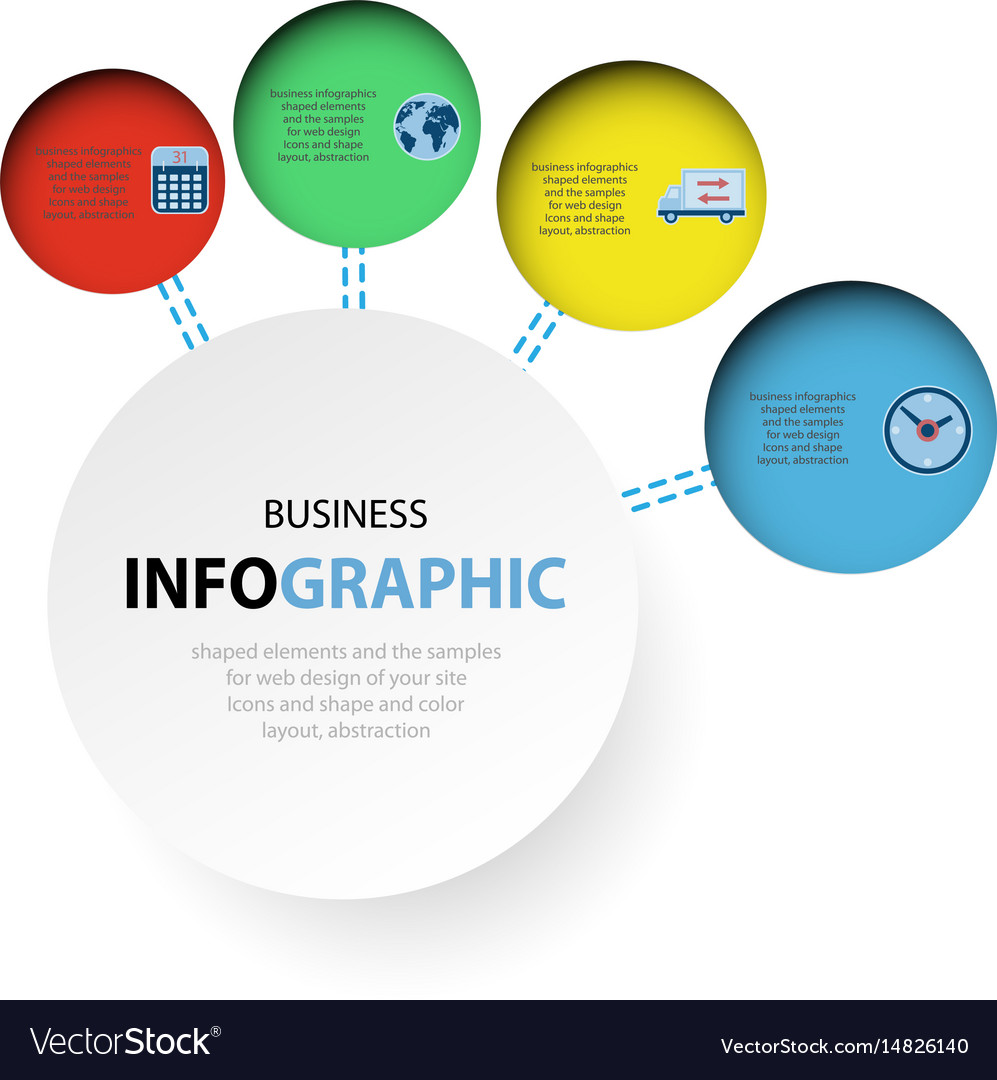Vital Web Site Design Tips: How To Build A Website That Focuses On Individual Experience
Vital Web Site Design Tips: How To Build A Website That Focuses On Individual Experience
Blog Article
Composed By-Aguirre Gammelgaard
When it concerns website design, making sure user-friendliness is vital. From receptive style to streamlined navigating, every aspect plays a critical duty in producing a website that deals with your audience's demands. But what about the better information that can make or break a user's browsing experience? Keep tuned as over here reveal some often-overlooked suggestions that can elevate your web site's usability to the next degree, making it truly stand apart in the electronic landscape.
Value of Responsive Design
Responsive style is an essential facet of modern internet site development. Ensuring your website is responsive ways that it can adjust to different screen dimensions and devices, giving a seamless experience for users.
With the enhancing use of smart devices and tablet computers to access the internet, having a receptive layout is vital for reaching a broader target market. It aids in enhancing user experience by making your internet site easy to navigate and keep reading any type of gadget.
In addition, responsive layout can positively affect your search engine rankings, as internet search engine like Google focus on mobile-friendly websites. By having a receptive layout, you're additionally future-proofing your internet site, as new devices with varying screen sizes continue to emerge.
Simplify Navigating Structure
To improve user experience and facilitate simple accessibility to info on your internet site, simplifying the navigating framework is extremely important. When developing your website, concentrate on developing a clear and intuitive navigation menu that helps site visitors discover what they're seeking quickly.
Limitation the variety of food selection things to the basics, organizing associated pages with each other to stay clear of frustrating users. Use detailed labels that clearly suggest the web content of each page, making it simpler for users to comprehend where each link will certainly take them.
Take into consideration carrying out dropdown menus for subcategories to avoid cluttering the major navigating bar. In addition, include a search bar plainly on the web page for users who favor looking for certain details.
Prioritize mobile responsiveness in your navigating style to make certain very easy accessibility on all gadgets.
Optimize Web Page Load Rate
Improving page load rate is vital for maintaining site visitors on your internet site. Slow-loading pages annoy users and can lead to high bounce rates. To maximize page lots speed, beginning by optimizing pictures. Compress pictures without compromising quality to minimize their file sizes.
Furthermore, allow browser caching to store frequently accessed resources locally, quickening tons times for returning site visitors. Minify CSS, JavaScript, and HTML data by eliminating unneeded personalities, comments, and formatting, enhancing lots rate.
Consider utilizing a web content delivery network (CDN) to distribute your web site's web content across multiple web servers worldwide, decreasing latency for users accessing your site from various locations. Lastly, limit using third-party manuscripts and plugins, as they can significantly affect load times.
web page design
In conclusion, by integrating responsive style, streamlining navigating, and maximizing page load speed, you can create a straightforward internet site that appeals to a bigger audience and improves user experience. These essential elements ensure that site visitors can conveniently accessibility and browse your website throughout various tools, causing enhanced interaction and contentment. By focusing on these essential aspects, you can develop a successful web site that maintains users returning for even more.
